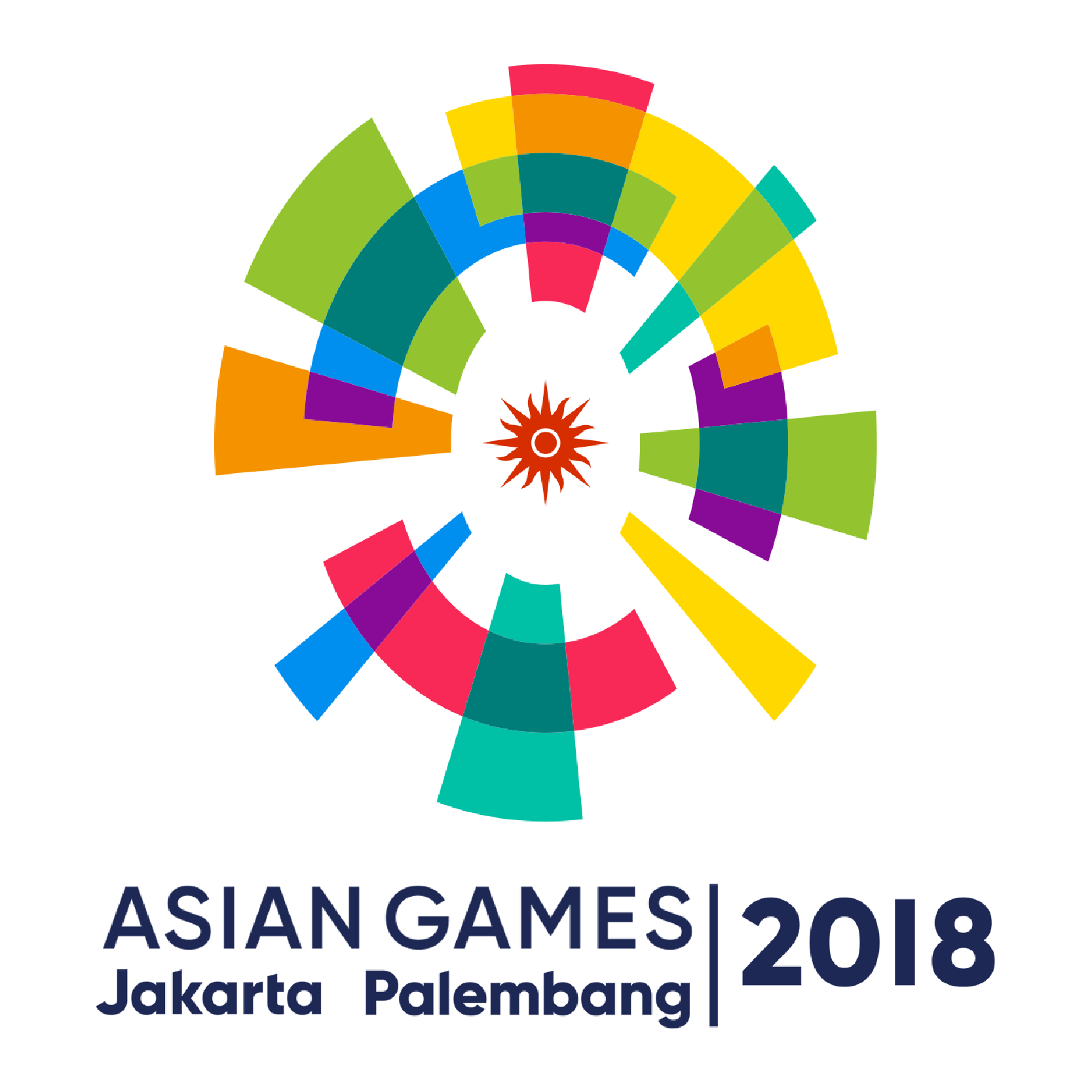Traces left by visitors on the mobile network give you reliable data on destination visits
Large international events attract a great number of visitors. With extensive investments made in organising the event, it is always crucial to measure the impact the event had on attracting new people to the country or area.
Similarly to the tourism dashboard and official tourism statistics, it is possible to learn more about visitors during a specific event happening at one or many locations at a time. Organisers of large events typically ask Positium to measure:
- how many people visited an event
- where the visitors came from
- where the visitors went.
With the help of mobile positioning data (MPD) it is possible to measure participation even if the event takes place in the open air or simultaneously at several locations. Compared to ticketing data, MPD enables organisers to see which sub-events were popular, how people moved between different event locations, etc.
BPS-Statistics Indonesia is happy to work with Positium since they understand official statistics production processes. They understand the General Statistical Business Process Model (GSBPM), Quality Assurance Framework (QAF), Tourism Manual (IRTS2008) and Balance of Payment Manual (BPM6) for Travel component and how these are applied in the business process of the Statistical Office. Moreover, they also open in discussion with BPS staffs and share their knowledge and experience on the use of mobile positioning data.
- Setianto, Deputy Chief Statistician for Distributive and Services Statistics, BPS-Statistics Indonesia
.png)
